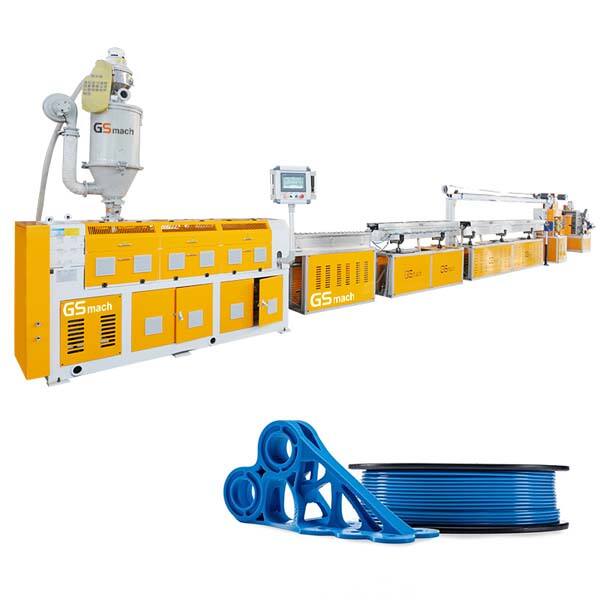When we start discussing 3D printing, we usually begin to think about the cool things we can make through 3D printing. But imagine what it takes to make the materials that a 3D printer uses. An important part of that process is the extrusion line, which converts raw materials into 3D printer filament. Here’s a look at how that will work, and how technology has advanced to make filament.
The initial process of producing 3D print filament is collecting raw materials. Those substances tend to be plastics of various types, like ABS or PLA. Once all the raw materials are collected, they are melted and blended to produce a fused mass. This blend is then forced out through a particular form known as a die to make a filament. The filament then cools to room temperature and is wound onto a reel, ready for use in a 3D printer.
Previously, the making of filament was an automated, as well as a hand-controlled, process, occasionally resulting in quality errors in the final product. Nowadays, extrusion lines have sensors and monitors which control the process very carefully. This means the resulting filament is higher quality with more uniform diameters, which is key to 3D printing success.

Good quality filament is paramount when making a precise and strong 3D print. It can turn into a headache and a waste of time if it's not consistent in thickness or material. Recent extrusion lines, such as those developed by GSmach, offer companies the ability to produce high quality filament. This means that prints are accurate and consistent, every time.

Both consistency and accuracy are important when it comes to making filament. If the filament is of varying thickness, it could lead to clogs in your 3D printer. Plus, if the material is not the same the prints may just snap off. With the use of a good extrusion line, manufacturers can have up filament, which does comply to strict rules and which is the guarantee for superior quality prints.

There are a number of critical components to a typical 3D printer filament extrusion line that must work in concert to produce high-quality filament. These components are a feeding hopper for feedstock, a melting zone, a mixing screw, a die, a cooling bath, and a winder. All of the pieces play such a crucial role in how the extrusion is done, and how the final filament will be consistant and reliable.
Copyright © Nanjing GSmach Equipment Co., Ltd All Rights Reserved - Privacy Policy